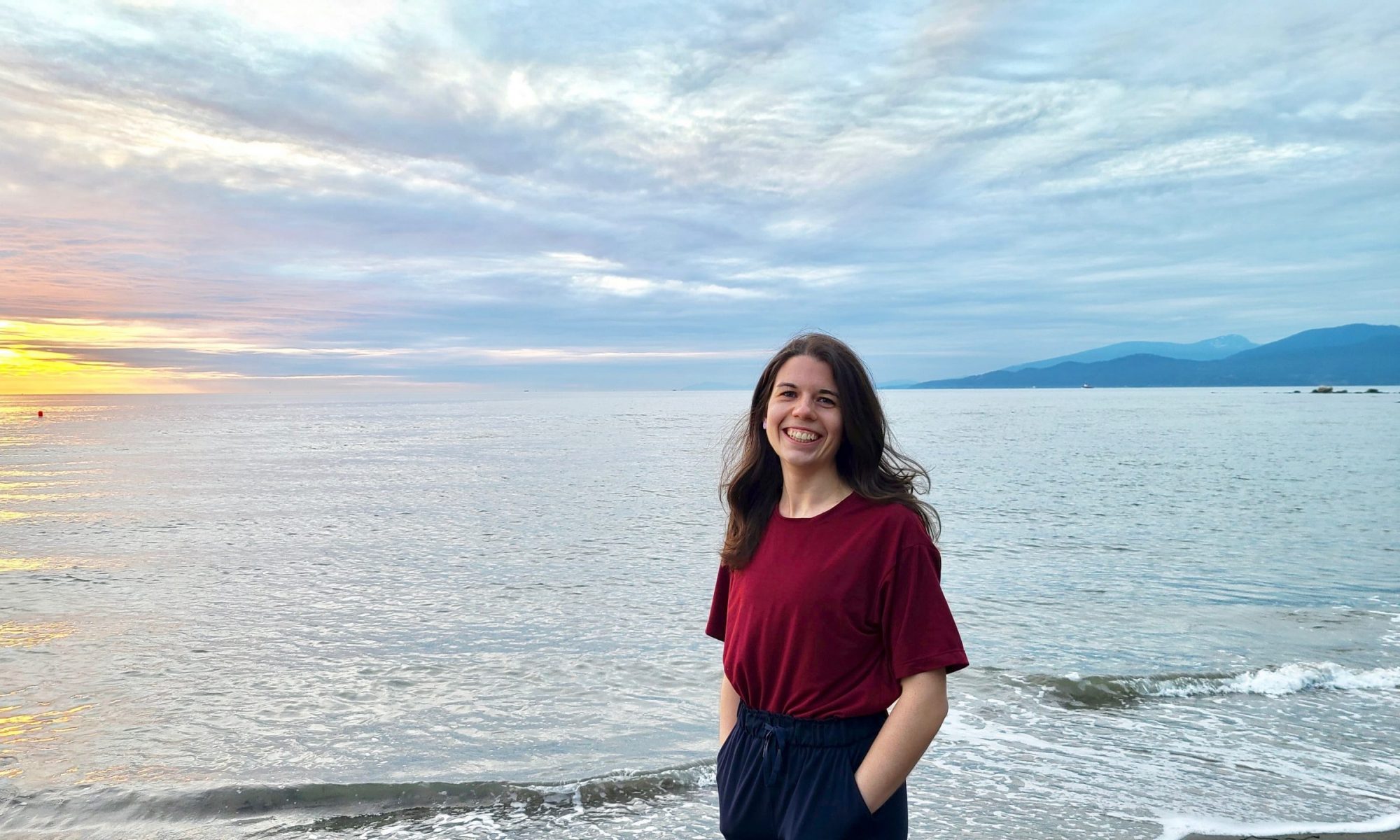Last week I was helping an online student with homework their classroom teacher gave them. In the assignment, they had to write what the wonder about astronauts as part of a pre-reading activity. The student stubbornly insisted they don’t “wonder” anything about astronauts.
This same student can tell me the nuances of what happens if you encounter a black hole, list every racecar and the pros and cons of each, and exactly how an ant colony runs, including that a queen ant lives over thirty years while a worker ant only lives three.
This student is one of the most curious kids I’ve ever met. So why wasn’t he curious about astronauts?
Curiousity is an expansiveness of consciousness, a surrendering to the unknown, a pursuit of passion.
Asking students to be curious about topics in a strategic way can help develop empathy, open-mindedness, and humbleness.
However, asking students to be curious about topics that feel irrelevant to them, can make education feel limiting.
Being internally motivated, by a person’s own desire, creates more sustainable behaivours than being externally motivated. If we want students to be lifelong learners, we need to create space for them to explore that internal motivation., and reduce using external factors – like grades, “because you have to”, peer pressure, and consequences – to teach.
The designer Cas Holman said something along the lines of, “I don’t want to know what students learned in schools. I want to know what students become curious about.”
Slowing down teaching and learning can help create the space that curiousity needs to expand. The more time we have to reflect, the deeper we can dive, the richer learning becomes.
In yoga, there is a practice of finding your edge. An edge can be seen as your limit. Though we often see this physically – pushing the limits of our strength and flexibility, we can push our edges psychologically too.
Finding your edge, and playing with it, is an act of curiousity. Curiosity is the heart of empathy. As we become more curious, we become more empathetic. The more we can explore curiousity, and thus empathy, with ourselves, the more we can do that with each other and the world around us.
When we become curious with our physical body, we start to notice where we tense, soften, and begin to create understanding on why some poses are easier than others.
When we become curious with our emotions, we start to notice what we love and fear and begin to create an understanding on where our emotions come from.
When we become curious with our mind, we start to notice what we know and what we still don’t know, and we begin to create an understanding of why some parts of life make more sense than others.
In the book, evolving your yoga, Barrie Risman explores how our practice of yoga might plateau over time. Maybe we feel like we aren’t capable of going further. Maybe we’re stuck in the same routine. Maybe we feel like we’ve achieved all we can. Maybe we’re bored. The author suggests, these times of plateau are an invitation to dive deeper, to climb higher, to pick an edge and try to expand it.
A time to become curious about where we are and where we are capable of going. A time to ask questions.
Why do we practice yoga? Why do we learn? Why are we here?
I’ve always disliked the phrase, curiousity killed the cat.
Because without curiousity, did the cat ever really live?
